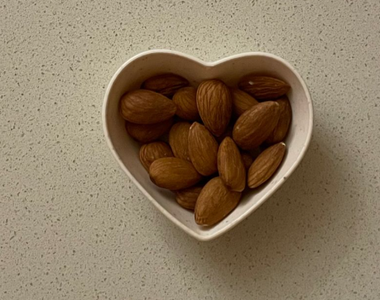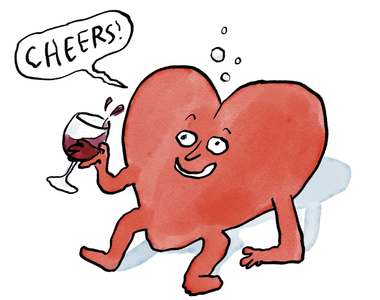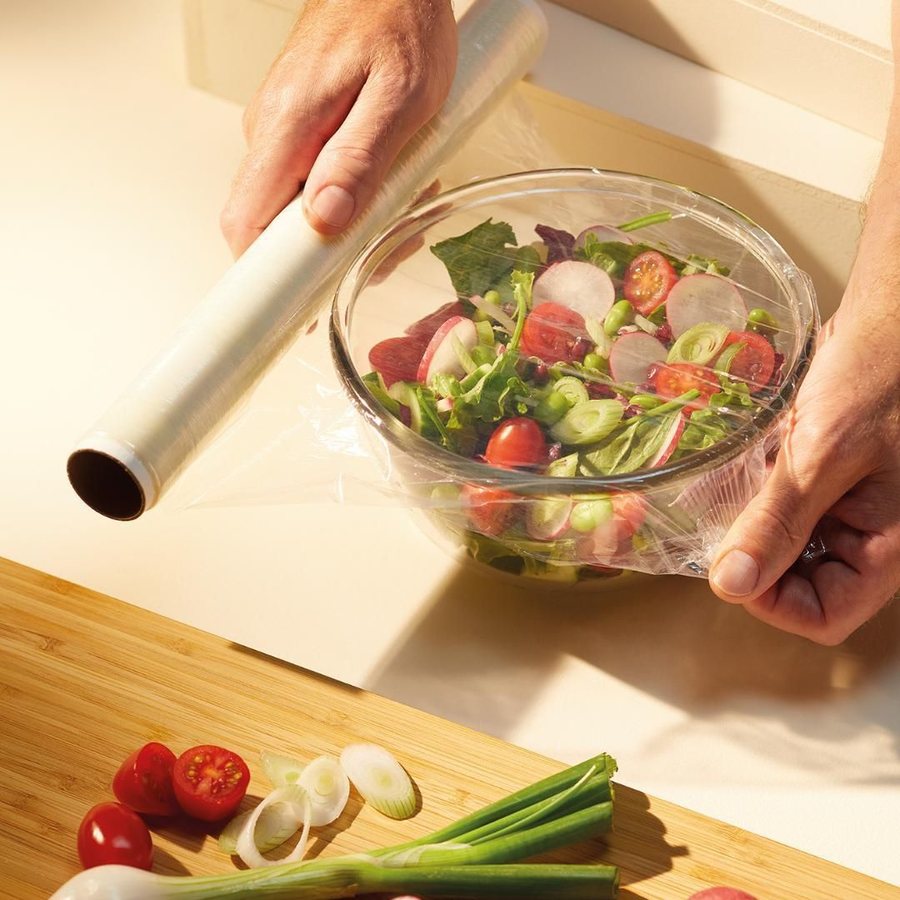
Plastic wrap bags are useful in the kitchen, but some common mistakes, like heating the wrong foods or not having an airtight seal, can lead to thawing, food spoilage, and health risks.
Here are 4 mistakes when using plastic wrap in the kitchen that you probably didn't know you were making:
1. You are wrapping a freshly prepared food from high temperatures
Regular plastic bags (like those for food wrapping) should never be used immediately after you take something out of the oven, stove, grill, or other high-heat appliance, as the bags are made of polyethylene, a very thin material that melts easily.
"Don't use plastic bags after you've taken food directly out of a traditional oven, microwave, grill, electric cooker, air fryer or pressure cooker," explains expert Charry Edwards Brown.
"The maximum safe temperature for these bags is 100 degrees Celsius, anything above this temperature is dangerous."
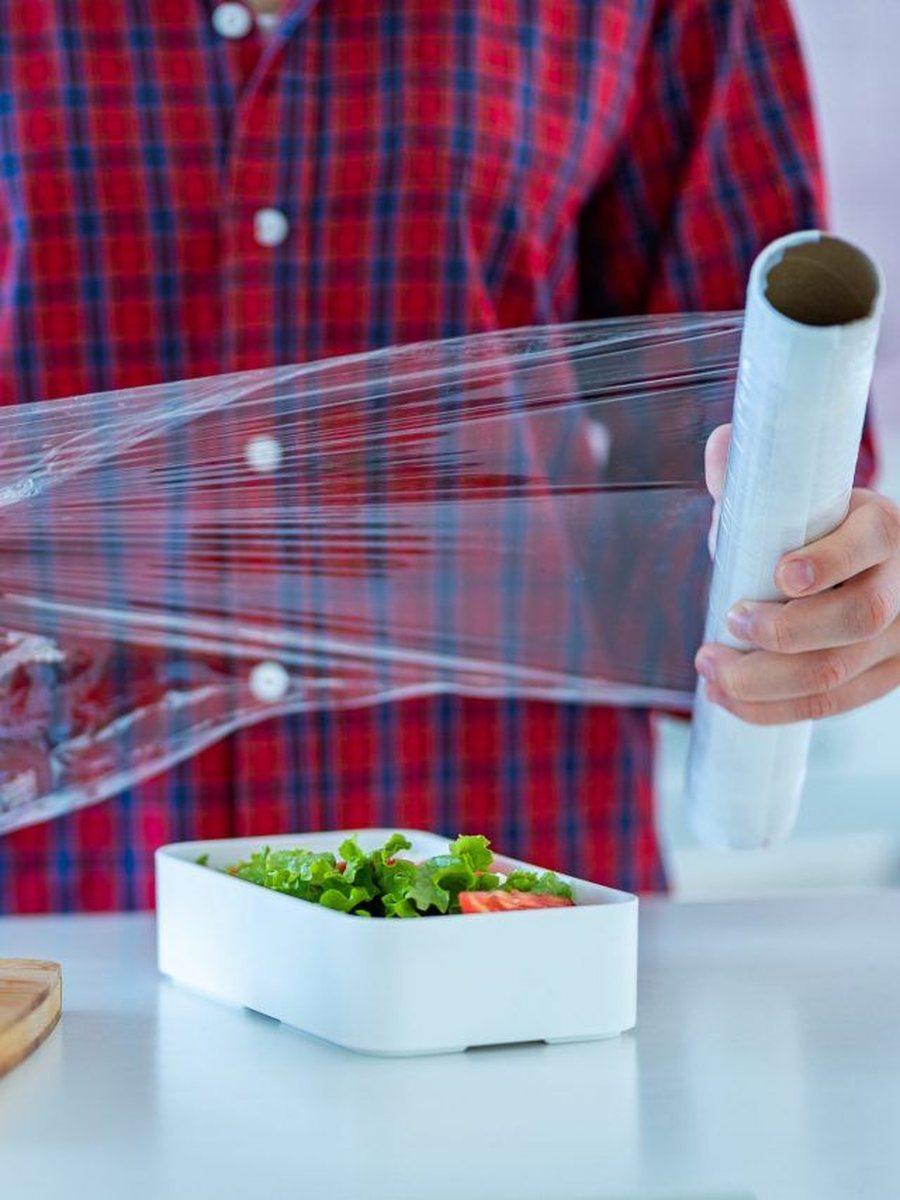
2. You are wrapping hot foods with high fat or sugar content
Fats (especially vegetable ones like sunflower oil) and sugars, if heated beforehand, cause the plastic bag to melt or even release chemicals into the food.
Sugar, for example, reaches caramelization temperatures very quickly and starts to bubble, which is not at all safe when using plastic bags.
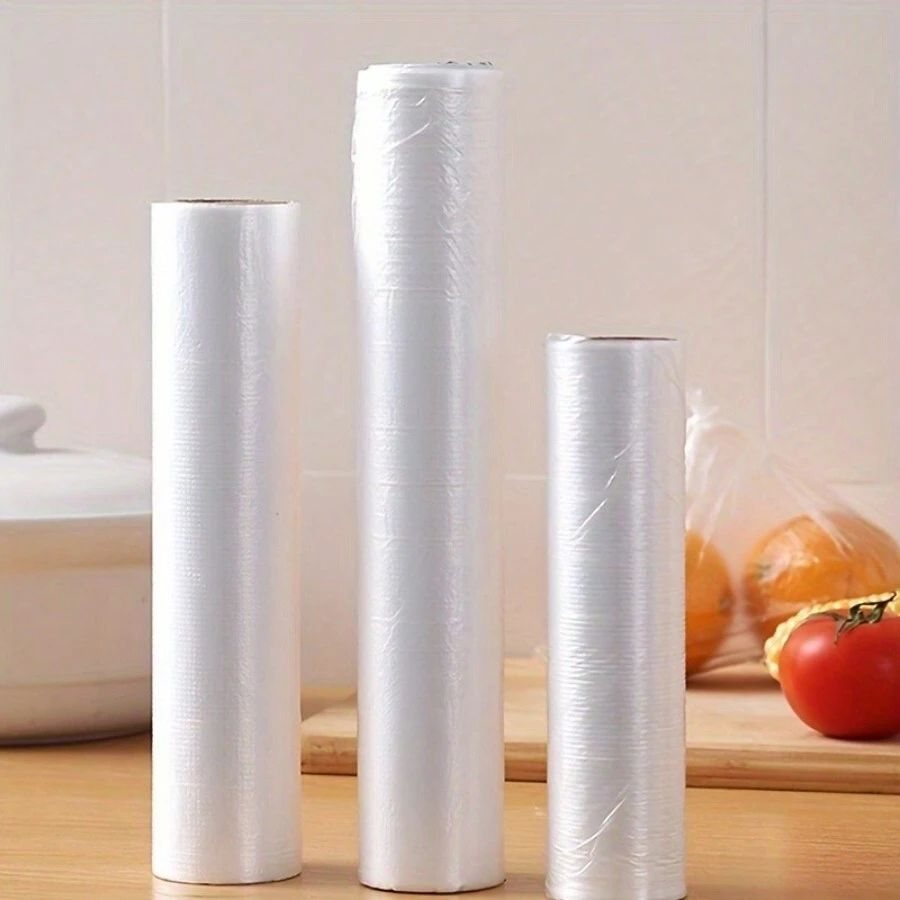
3. Not leaving the necessary space between the food and the plastic bag
In the microwave, the plastic bag must always allow steam to escape, otherwise, pressure can build up and cause the bag to melt, burst, or burn the food.
“Leave a corner of the bag open or make a 2–3 centimeter cut to allow steam to escape. Also, leave about 2.5 centimeters of space between the food and the bag to avoid it melting onto the food,” advises Brown.
Warming should be done at 3-minute intervals to maintain quality and safety.
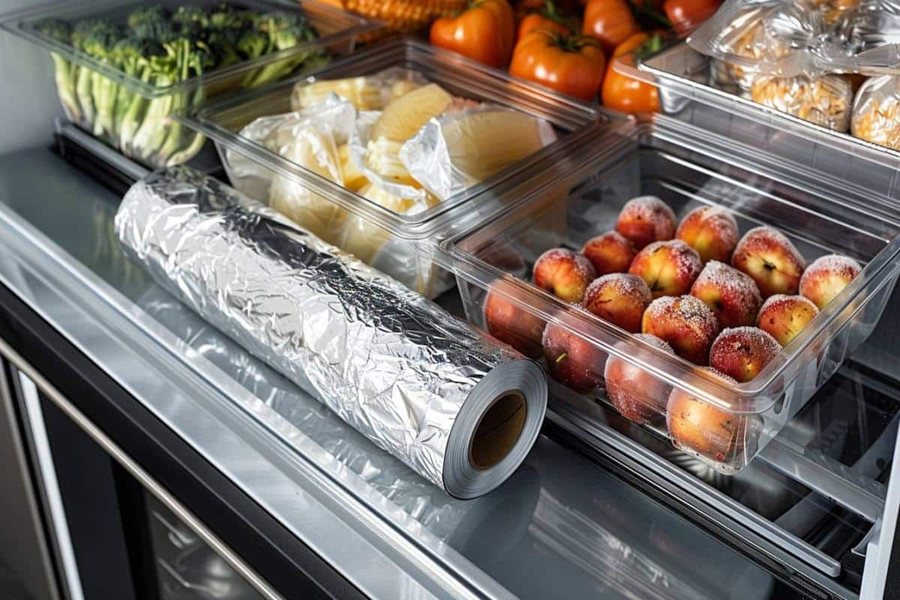
4. Lack of an airtight seal when storing food
When using plastic bags to store food, you need to make sure the closure is as airtight as possible.
This prevents drying, oxidation and the spread of odors from/to other foods. In freezing, good sealing can extend the shelf life of foods.
A double layer of plastic wrap is recommended, especially for freezing; combining with aluminum foil or freezer paper helps prevent freezer damage.
Practical tip: Wrap the ice cream in a plastic bag before closing the lid, it helps avoid ice crystals.
Source: EatingWell






